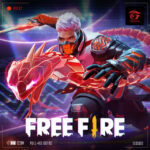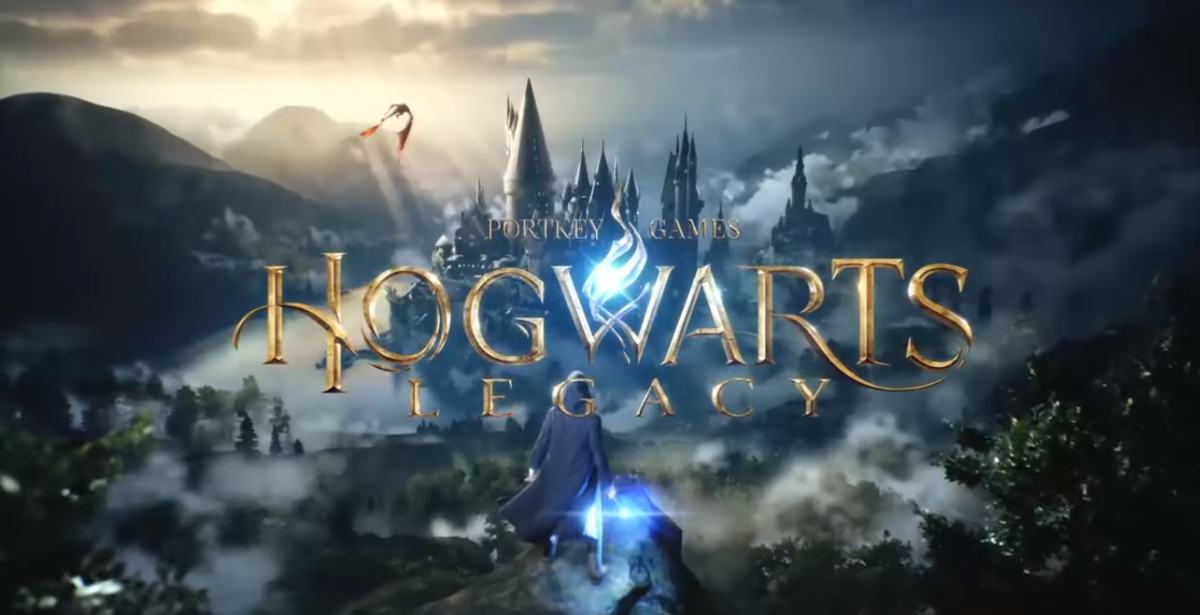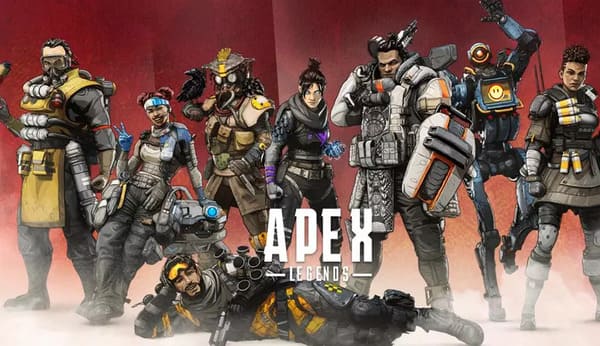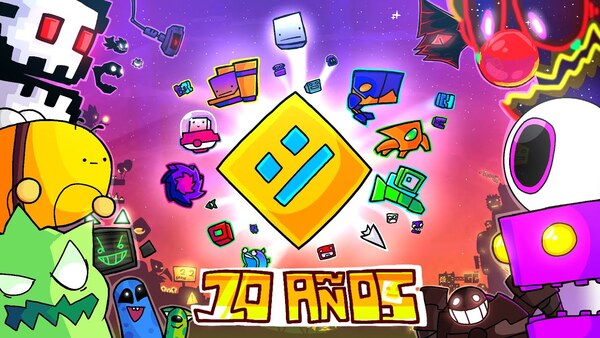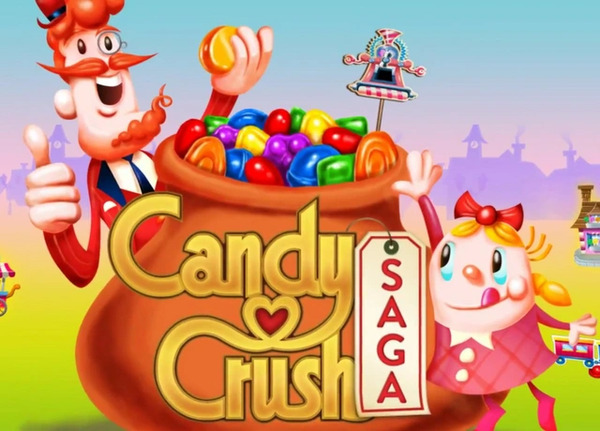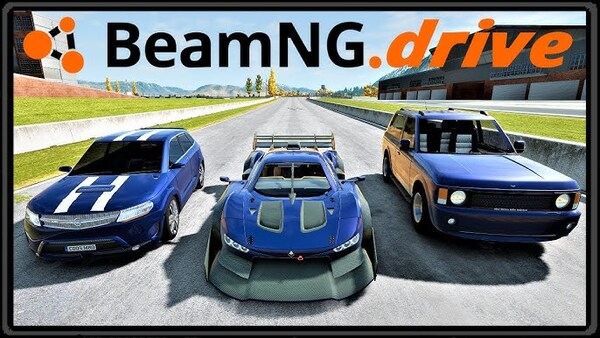Fortnite – The Cultural Titan of Battle Royale Gaming
1. Introduction: What is Fortnite?
Fortnite, developed by Epic Games, is one of the most iconic and genre-defining video games of all time. First launched in 2017, it started as a co-op survival game but quickly exploded in popularity with its Battle Royale mode, bringing together building mechanics, fast-paced combat, and a vibrant visual style.
Today, Fortnite is more than a game—it’s a global phenomenon, cultural hub, and evolving platform that merges gaming with music, film, art, and fashion.
2. The Evolution of Fortnite: From Save the World to Battle Royale
Fortnite originally launched as “Save the World,” a PvE cooperative shooter with crafting and defense-building elements. However, the unexpected success of Fortnite: Battle Royale transformed the game into a titan of the industry.
Timeline Highlights:
-
2017: Battle Royale mode released (100 players fight to be the last one standing)
-
2018-2020: Rapid rise in global popularity, surpassing 250 million players
-
2020s: Crossovers with Marvel, Star Wars, Travis Scott, Ariana Grande, and more
-
2023: Introduction of Fortnite Creative 2.0 and Unreal Editor for Fortnite (UEFN)
Epic continues to evolve the game’s engine, visuals, and gameplay—keeping Fortnite fresh and exciting every season.
3. Gameplay Mechanics: Build, Battle, Survive
Core Elements:
-
Drop onto an island from the Battle Bus
-
Loot weapons, materials, and resources
-
Build structures for defense or vertical advantage
-
Eliminate opponents and be the last player or squad standing
Unique Gameplay Features:
-
Building System: Players can gather materials (wood, brick, metal) to build ramps, walls, and forts on the fly
-
No-Build Mode: For players who prefer gunplay over construction
-
Emotes & Cosmetics: Dance moves, skins, and gear are part of Fortnite’s cultural appeal
4. Seasons and Chapters: A Constantly Changing World
Game is known for its live-service structure, where every few months a new season or chapter introduces:
-
Map changes and new points of interest
-
Weapons and item rotations
-
Storyline developments and in-game events
-
Themed battle passes and challenges
Notable Events:
-
The Rocket Launch (Season 4)
-
The Black Hole (End of Chapter 2)
-
Galactus Invasion
-
Live concerts (Marshmello, Travis Scott, Ariana Grande)
This system keeps players engaged and generates global buzz with every major update.
5. Creative Mode and UEFN (Unreal Editor for Fortnite)
Fortnite’s Creative Mode and now UEFN allow players to design custom maps, mini-games, and full experiences:
-
Sandbox building tools for designing obstacle courses, racing tracks, RPG adventures, and more
-
UEFN brings professional-level tools into the hands of creators
-
Massive potential for monetization and community-building
These features have transformed Fortnite into a platform for game development, not just a single game.
6. Collaborations and Crossovers: A Pop Culture Hub
No other game integrates with pop culture like Fortnite. The list of collaborations is endless:
Film & TV:
-
Marvel (Thanos, Iron Man, Spider-Man)
-
DC (Batman, Harley Quinn)
-
Star Wars (Kylo Ren, Darth Vader)
Music:
-
Travis Scott’s Astronomical Concert
-
Ariana Grande’s Rift Tour
-
The Weeknd’s interactive music events
Other Brands:
-
Naruto, Dragon Ball Z, Attack on Titan
-
Nike, Balenciaga, LEGO, and Ferrari
These crossovers make Fortnite a virtual stage for global brands and entertainment.
7. Competitive Scene and Esports
This game has a thriving esports and competitive scene, with events like:
-
Fortnite World Cup 2019 (prize pool: $30 million)
-
FNCS (Fortnite Champion Series) – seasonal online competition
-
Zero Build Tournaments – focusing on pure gunplay
Competitive play emphasizes:
-
Aim, positioning, and strategy
-
Building/editing speed
-
Communication in duos/squads
Fortnite esports may not dominate the way MOBAs or FPS titles do, but it maintains a dedicated, high-skill community.
8. Monetization, Battle Pass, and In-Game Economy
Fortnite is free-to-play, but generates massive revenue through:
-
Battle Pass (tiered rewards, exclusive cosmetics)
-
Item Shop with daily rotating skins, emotes, and gear
-
V-Bucks, the premium currency
Unlike pay-to-win games, Fortnite’s monetization is purely cosmetic, maintaining fairness while driving profits.
9. Fortnite’s Role in Education and Social Spaces
Game has expanded into education and virtual interaction:
-
Used to teach collaboration, design, and coding via Creative Mode
-
A place for virtual gatherings and digital events
-
Youth-focused cultural engagement tool
As online worlds grow, Fortnite serves as a template for the future of the metaverse, blurring the line between game and social platform.
10. Community, Influence, and the Future
Fortnite continues to influence every corner of gaming and culture:
-
Streamers and creators like Ninja, Tfue, and Bugha rose to fame
-
Millions of videos, memes, tutorials, and music parodies
-
Ongoing updates with new content every season
Looking forward, Epic is investing heavily in:
-
UEFN & Creator Economy 2.0
-
Expanding lore across multiverses
-
Building Fortnite into a multi-genre platform—FPS, rhythm games, racing, and more
Fortnite is no longer just a battle royale—it’s a global entertainment platform.
Conclusion: Fortnite is a Living, Breathing Digital Playground
Fortnite is a revolution in modern gaming—not only for its battle royale roots but also for its power to reinvent itself and connect millions of players worldwide. It’s a game, a creation tool, a concert venue, a film stage, and a global community.
From casual gamers to pro builders, Fortnite has something for everyone—and its journey is far from over.










